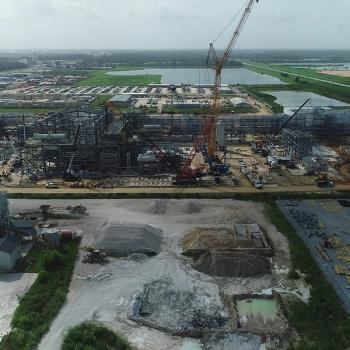
How to prevent revenue losses in dry gas seal systems
Dry gas seals were introduced in the late 1960s but did not gain wide acceptance until 20 years later as the ultimate solution to compressor seal oil system problems. The dry gas seal was marketed as a ‘simple’ solution to seal oil system reliability issues, but in reality, when one considers all the possible process and operational related issues, its complexity rivals that of the oil systems.
There is no doubt, however, that a properly specified, selected and designed dry gas seal system will positively prevent the ingress of oil into the process system and deliver high degrees of safety and reliability. To ensure optimum safety and reliability of dry gas seal systems, end users must be proactive in the project phase or during seal system modifications to specify operating parameters.
The main parameters fall into the following categories:
- All possible operating, start-up and upset conditions on the seal data sheet
- Required system design details by incorporating all site, company and industry lessons learned into the project or revamp specification
A detailed (P&ID) and data sheet to quoting machinery vendors that will completely specify system and component design
Allowing the EP&C (contractor) and/or machinery vendor to design the dry gas seal system will expose the plant to safety and reliability issues that cannot be known by other parties.
Following the guidelines completely in this best practice and requiring compliance with all specified details will ensure a safe and trouble-free system of the highest reliability.
Dry gas seal (DGS) systems have been used for the past two decades, and are specified by many end users as the seal of choice for most compressor applications. One would therefore think that seal and system designs are well-known and proven. However, experience shows that failures are still quite common. For instance, in 2007, FAI dealt with nearly 50 DGS failures.
These failures have raised several questions. In reviewing DGS failures experienced in 2006 and the previous years, the conclusion was drawn that in the majority of cases, the root cause is that the seal and system configuration were not designed to handle all the actual site operating conditions, including start-up, shut-down and upsets that should and could have been anticipated.
The end user has the most complete knowledge of the process and plant operating procedures. Therefore, he or she needs to be proactive in terms of project DGS requirements, and specify the type of seal and system most suited to the plant and application, based on his or her knowledge and experience. Seal and compressor vendor input and experience are obviously required, but neglecting to evaluate the proposed system in detail against all operating modes subjects the user to the risk of unacceptable downtime and revenue losses, particularly in the ‘mega plants’ being built today.
The reliability of critical equipment is dependent on the reliability of each component in every auxiliary system connected with the critical equipment unit. The easiest way is to eliminate the auxiliary systems. The gas seal as used in compressor applications affords the opportunity to achieve these objectives. However, the gas seal is still part of a system and the entire gas seal system must be properly specified, designed, maintained and operated to achieve the objectives of optimum safety and reliability of the critical equipment.
Failure to consider specific plant operating conditions and seal system lessons learned has resulted in dry gas seal systems of low MTBF (less than 12 months) and large revenue losses.
The following examples highlight omitted details in dry gas seal specifications that have resulted in seal MTBFs of less than 12 months
- Failure to identify the actual gas properties (sour gas, gas composition)
- Failure to identify saturated seal gas conditions at start-up, upset or operating conditions
- Failure to properly specify maximum flare header pressure
- Failure to define the actual dew point of supplied nitrogen for intermediate and separation gas
- Failure to prohibit the use of orifices in the secondary vent resulting in seal pressure reversals
- Failure to specify oil sampling devices in the secondary seal vent port (sight glasses, valves or automatic drainers) leading to secondary seal oil contamination and eventual failure.
This best practice has been used since the late 1990s to specify dry gas seal system requirements during projects and for field modifications. This approach has resulted in dry gas seal systems of the highest safety levels and reliability (seal MTBFs greater than 90 months).
Newsletter
Power your knowledge with the latest in turbine technology, engineering advances, and energy solutions—subscribe to Turbomachinery International today.




